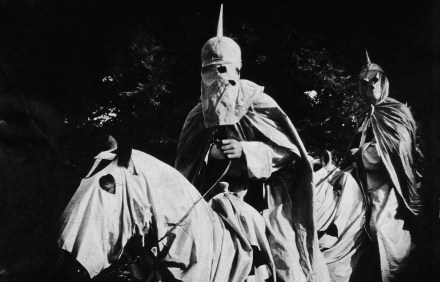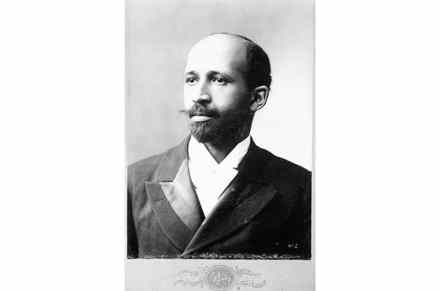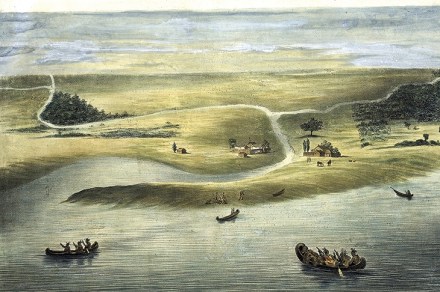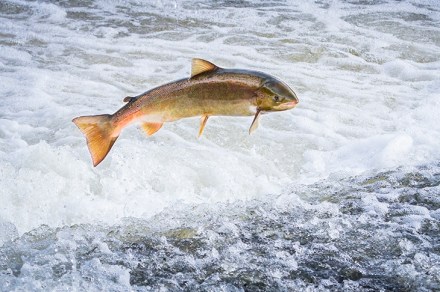A Native American tragedy: Wandering Stars, by Tommy Orange, reviewed
‘You will ask the librarian what novels are written by Indian people and she will tell you that she doesn’t think there are any,’ reflects Victoria Bear Shield, a Native single mother in Tommy Orange’s polyphonic second novel. It is 1954, in America, and she is working out how to rear her baby daughter so that the child is not puzzled, as she herself was, by being ‘the brownest person in every room’. Seventy years later, one would hope that the librarian’s knowledge of indigenous writers would include at least Orange’s own work and that of Sherman Alexie and Louise Erdrich. Orange is a member of the Cheyenne and Arapaho






